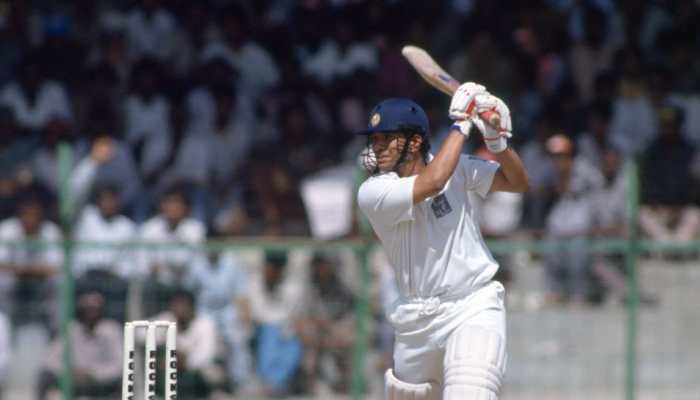PM Modi flags off Rs 2,500 UDAN flight scheme: All you need to know
Prime Minister Narendra Modi on Thursday flagged off the first UDAN flight under Regional Connectivity Scheme (RCS) on Shimla-Delhi route.
Trending Photos
)
New Delhi: Prime Minister Narendra Modi on Thursday flagged off the first UDAN flight under regional connectivity scheme (RCS) on Shimla-Delhi route.
Simultaneously, Prime Minister also launched the inaugural UDAN flights on Kadapa – Hyderabad and Nanded-Hyderabad routes.
To make air travel accessible to citizens in regionally important cities, the aviation ministry had announced ‘Ude Deshka Aam Naagrik’ (UDAN) regional connectivity scheme in October last year.
UDAN makes air travel accessible to a wider range of citizens & enhances connectivity with many more airports across India. pic.twitter.com/X2wVIq6130
— Narendra Modi (@narendramodi) April 27, 2017
The UDAN scheme was developed through extensive consideration of various issues and consultations with stakeholders. This is a first-of-its-kind scheme globally to stimulate regional connectivity through a market-based mechanism.
The UDAN scheme is a key component of the National Civil Aviation Policy (NCAP) which was released by the Ministry of Civil Aviation on 15th June, 2016.
The Airports Authority of India (AAI), the implementing agency, have issued Letter of Awards for 27 proposals received under RCS-UDAN.
Key features of the proposals awarded by AAI include:
-Airports to be connected: 27 currently served airports, 12 currently underserved airports and 31 currently unserved airports (for a total of 70 airports) will be connected through these 27 proposals.
-Geographical spread: There is a good geographical spread in the proposals: 24 airports in the western, 17 in north, 11 in south, 12 in east and 6 in north-eastern regions are proposed to be connected. 22 states and 2 Union Territories will be connected through these 27 proposals.
-Routes and network: 16 awarded proposals are for single routes (connecting two cities) and 11 are for networks (connecting three or more cities). Six proposals have been bid with zero viability gap funding (VGF) reflecting the fact that there is potential latent demand.
-VGF Outflow: 27 proposals will required a VGF of around Rs. 200 crores and will provide around 6.5 lakh RCS seats.
-The airfare for a one hour journey of appx. 500 km on a fixed wing aircraft or for a 30 minute journey on a helicopter would be capped at Rs. 2,500, with proportionate pricing for routes of different stage lengths and flight duration.
-The selected airline operator would have to provide 50% of the flight capacity (subject to a minimum of 9 and a maximum of 40) as RCS Seats for operations through fixed wing aircraft and a minimum of 5 and a maximum of 13 RCS Seats on the RCS Flights for operations through helicopters and would be given a three years exclusivity of operations.
-To reduce the cost of operations of airlines on flying such routes, a financial stimulus in the form of concessions from Central and State government, airport operators and the Viability Gap Funding to the interested airlines would be provided to kick-off operations from such airports, so that the passenger fares are kept affordable.
-State Government will provide a certain share of VGF (20% for States other than North-East States where the ratio will be 10% of VGF determined). In this regard, till now 19 States and 3 UTs have signed MoU whereas 5 more States have given consent to sign MoU.
Stay informed on all the latest news, real-time breaking news updates, and follow all the important headlines in india news and world News on Zee News.
Live Tv







)
)
)
)
)
)
)
)
)
)
